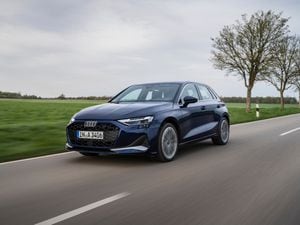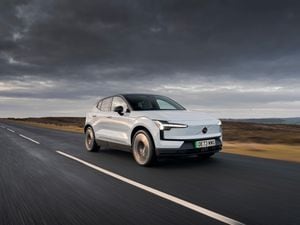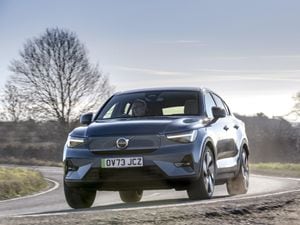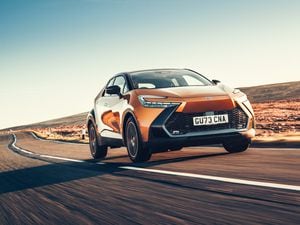First drive: Toyota C-HR Hybrid
The C-HR is Toyota’s all-new hybrid crossover. James Fossdyke gets behind the wheel to see how it fares.
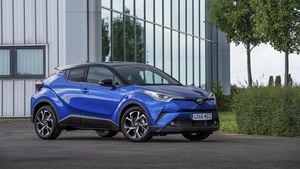
WHAT IS IT?
Over the past few years, Toyota has earned itself a reputation for building hybrids. Almost every model in the range, barring the old-school GT86 and the diminutive Aygo city car, is offered in hybrid guise, and the latest addition to the line-up – the striking C-HR crossover – is no different.
WHAT’S NEW?
Aside from the powertrain, it’s pretty much all new. Sitting beneath the Rav4 in the range and going head-to-head with the Honda HR-V, Fiat 500X and Skoda Yeti, the C-HR is another car that bridges the gap between so-called ‘B-segment’ crossovers such as the Nissan Juke and family SUVs such as the Renault Kadjar.
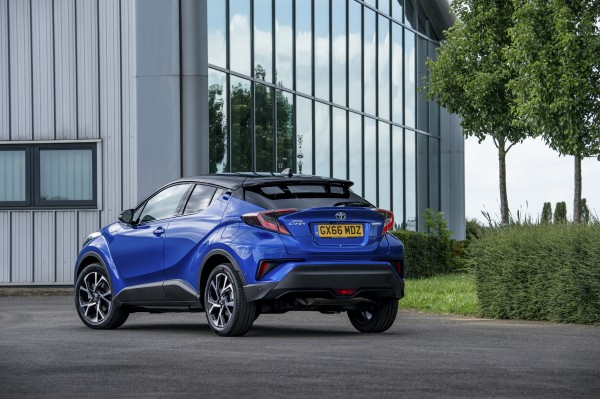
The C-HR, however, differentiates itself with its engine range. Eschewing diesel power in favour of a complex but environmentally friendly hybrid is a gutsy move, but one that could work out well considering the current public attitude to diesel. It all depends on whether the hybrid passes muster.
WHAT’S UNDER THE BONNET?
Two powertrain options are available for the Toyota C-HR — a 1.2-litre petrol motor and a 1.8-litre petrol hybrid setup.
We drove the hybrid version, which produces 120bhp and 182Nm of torque. The result is 0-60mph in 10.8 seconds and a 105mph top speed. Fuel economy is a claimed 72.4mpg with CO2 emissions of 87g/km.
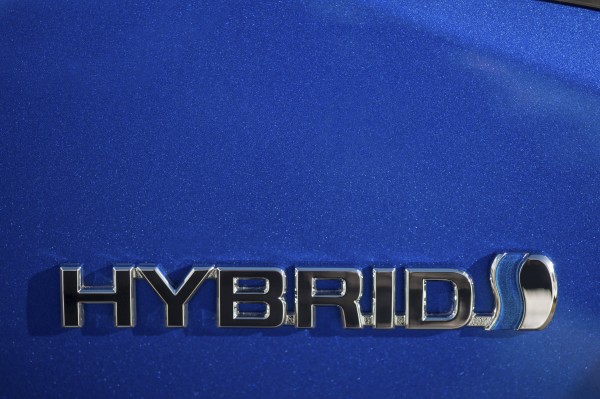
WHAT’S IT LIKE TO DRIVE?
Those uninitiated in the crossover market may be surprised to hear that the C-HR is up against some pretty sprightly rivals. The 500X, Yeti and HR-V all major on driving dynamics, so the Toyota has to pull something out of the bag if it’s to compete.
And it delivers by the bucketful. The suspension keeps the body flat through corners, and though there’s little feedback to the steering it feels solid and well weighted. It elicits a sharp response, too, so there’s fun to be had when the going gets twisty.
Despite this agility, though, the C-HR is quite comfortable. We’ll have to get it on to the rutted roads of Britain before we pass judgement for sure, but first impressions on Spain’s smooth surfaces, where we test-drove it, were good, with a seemingly pliant ride at all speeds.
Yet there remains a fly in the ointment, and that’s the powertrain. Despite using a 1.8-litre petrol engine and the instant torque of an electric motor, it’s nowhere near as peppy as you might hope, and it makes quite a racket when you put your foot down.
It is, however, relatively efficient, claiming 87g/km CO2 emissions and 72.4mpg economy in its most frugal guise.
HOW DOES IT LOOK?
There’s no denying that the C-HR is a head-turner, but it’ll never be to everyone’s taste. The basic silhouette is inoffensive, with a slightly coupe-like roofline and a squat, sporty stance.
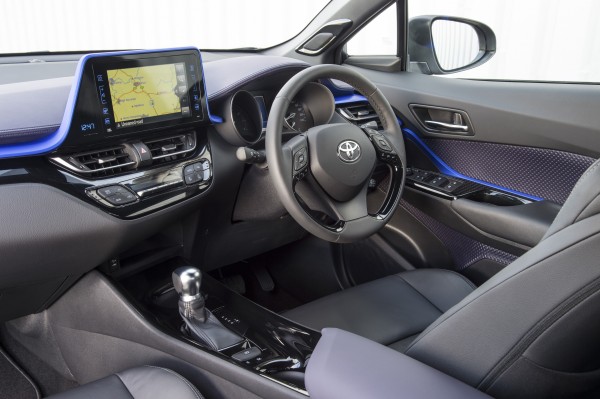
The details, though, are far more divisive. Toyota has a habit of putting as many curves, creases and lines on its cars as it possibly can, and that sometimes means the finished product comes out looking somehow conflicted.
That’s exactly what’s happened to the C-HR, and though the front end looks fine – albeit in a very Japanese way – there’s something about the way the rear can’t decide whether to taper or swell that just feels wrong.
Thankfully, the interior is a far more harmonious design, although this also falls victim to being over-detailed. The basic dashboard architecture is wholly unobjectionable, with strong horizontal lines and the central touchscreen dominating proceedings, but there seems to be an inexplicable blue stripe that weaves its way around the cabin.
The textured plastic on the door inserts is questionable, too, and why did they think it was a good idea to hide the heated seat buttons in the fascia around the air conditioning controls?
Credit where it’s due, though; the build quality is excellent, and the cabin plastics are generally of a decent standard.
WHAT’S IT LIKE INSIDE?
Even small family SUVs have to be practical, and the C-HR just about makes the grade. The coupe-like rear suggests far less room than the car actually provides, although taller rear passengers may struggle for legroom — particularly if sitting behind a tall front-seat occupant.
Those in the back won’t get a particularly good view out, either, thanks to thick C-pillars and door frames that leave the rear section of the cabin feeling dark, dingy and claustrophobic.
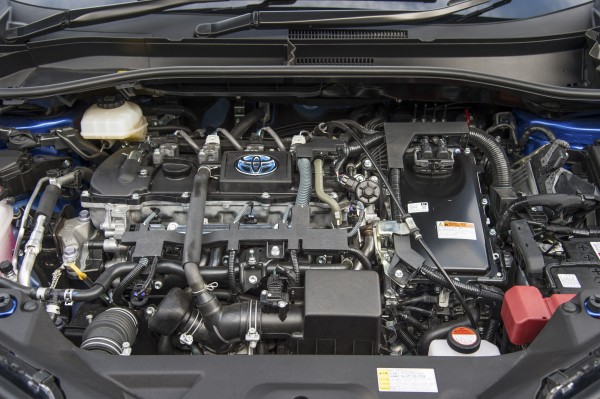
Clever packaging, however, does mean the C-HR Hybrid’s boot is exactly the same size as the petrol-powered car, but at 377 litres it still isn’t all that capacious. It’s well short of the HR-V’s 448-litre capacity and the 416 litres offered by the Skoda Yeti, and it’s even smaller than the VW Golf’s load bay.
WHAT’S THE SPEC LIKE?
There’s no avoiding it – the C-HR Hybrid is pricey. At £23,595, it’s not only £2,600 more expensive than the normal petrol C-HR, but it’s also more expensive than a Ford Focus ST.
You do get plenty of toys for your money, though. As standard, the C-HR gets two-zone climate control, 17-inch alloy wheels and the Touch2 infotainment system.
Spending an extra £2,900 on the Excel variant buys you part-leather upholstery, heated seats and satellite navigation, as well as privacy glass, parking sensors and larger 18-inch alloys.
Top-spec Dynamic models cost a mighty £27,995, but they come with a two-tone metallic paint job, LED headlights and a bespoke upholstery fabric.
VERDICT
The C-HR Hybrid’s market may well be limited to company car drivers lured in by the promise of low CO2 emissions and city-dwellers desperate for a small and economical runabout with SUV looks.
Strong handling prowess, good build quality and striking looks make the C-HR a strong contender in this market, but the Hybrid’s shortcomings spoil an otherwise solid effort from Toyota.
FACTS AT A GLANCE
Model: Toyota C-HR Hybrid Excel
Price as tested: £26,585
Engine: 1.8-litre petrol with electric motor
Power (bhp): 120
Torque (Nm): 182
0-60mph: 10.8 seconds
Max speed (mph): 105
MPG: 72.4
Emissions (g/km): 87

